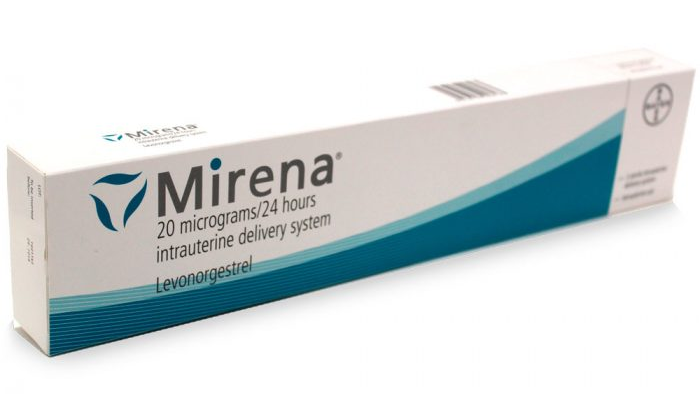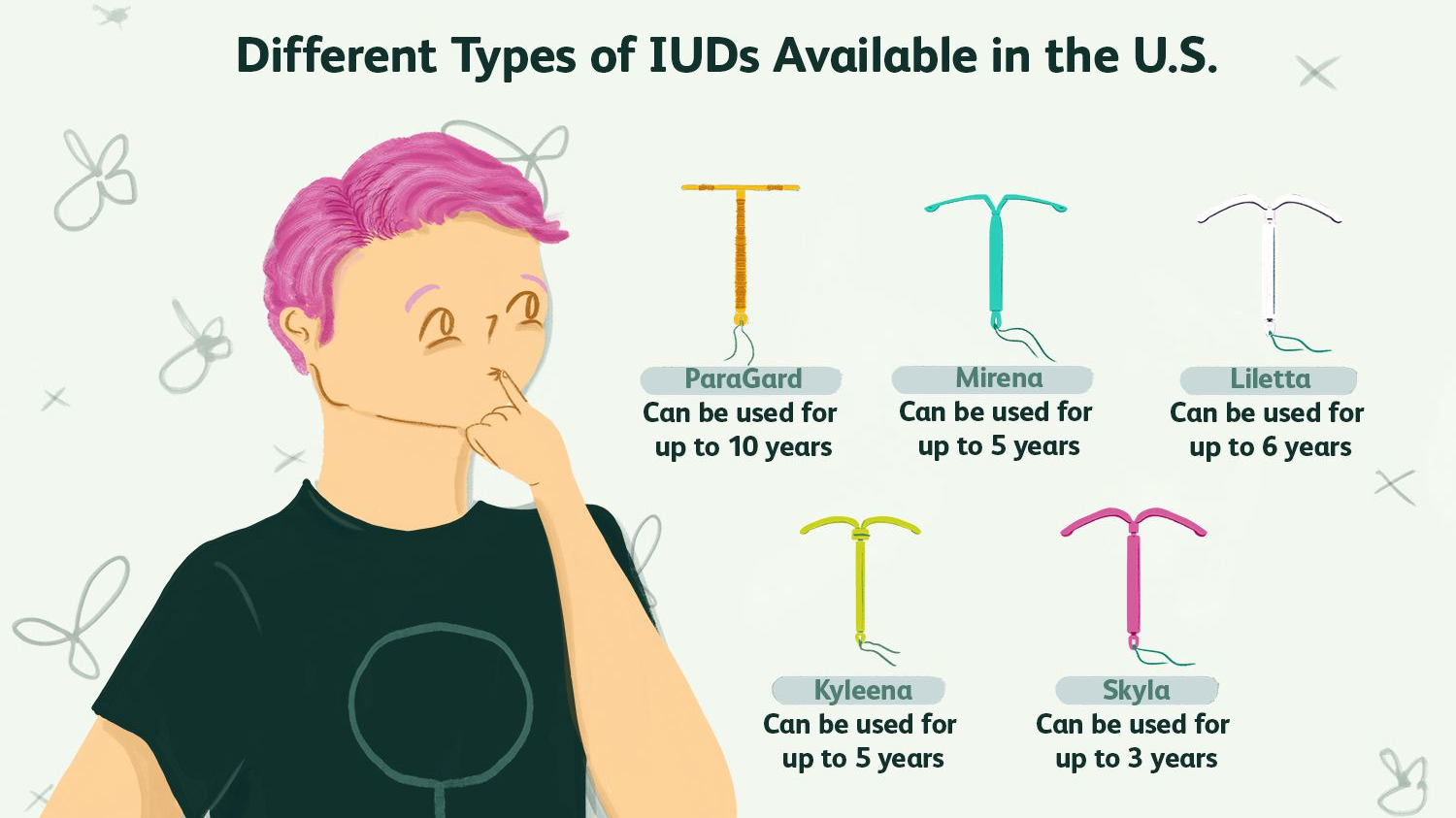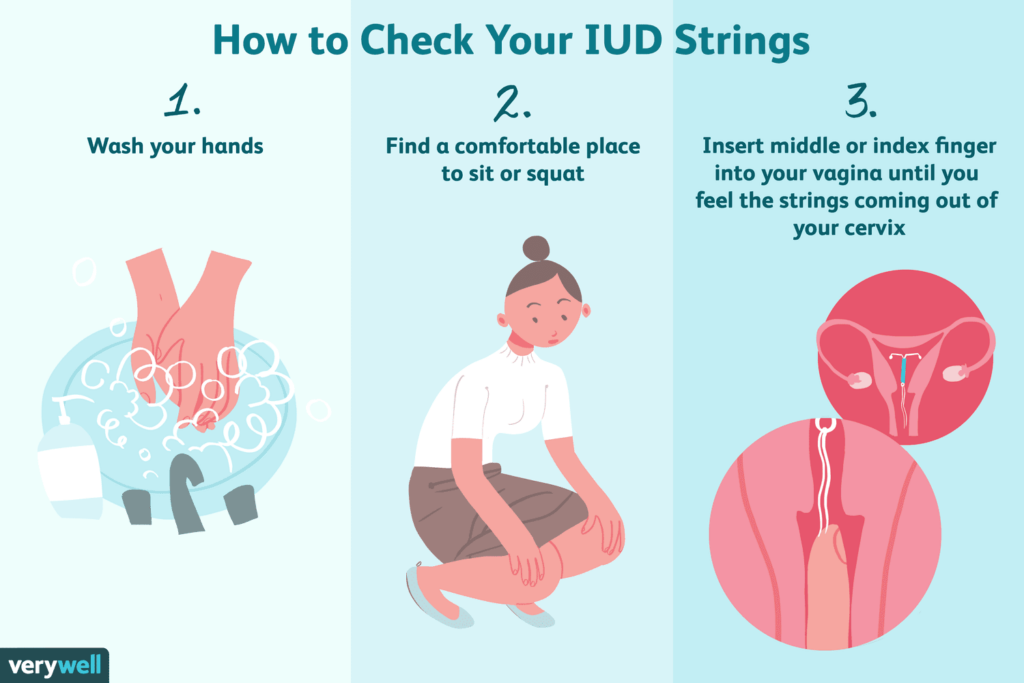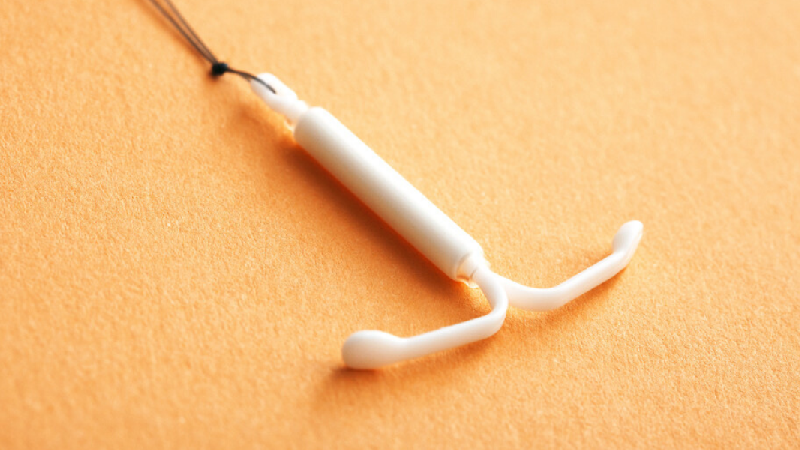Welcome to your detailed guide on the Mirena IUD. If you’re considering this form of birth control or are just curious about it, this article will cover everything you need to know to make well-informed decisions about this highly effective contraceptive option.
What’s In This Article?
How Mirena IUD Works

The Mirena IUD is a revolutionary device in the world of contraception. It’s a small, T-shaped piece of flexible plastic that offers an efficient, long-term solution to prevent pregnancy. The effectiveness comes from its multi-action approach:
- Local Hormone Delivery: It contains levonorgestrel, a type of synthetic progesterone, which is released slowly into the uterus. This localized delivery system affects the reproductive cycle directly at the source without overwhelming the body with hormones.
- Thickening Cervical Mucus: The thickened mucus at the cervix acts as a barrier, preventing sperm from entering the uterus.
- Inhibition of Ovulation: In some women, Mirena may suppress ovulation, which means no egg is released for fertilization.
- Unfriendly Uterine Environment: The IUD alters the lining of the uterus, making it less suitable for a fertilized egg to implant and grow.
These mechanisms combine to give Mirena an over 99% effectiveness rate in preventing pregnancy.
Key Benefits of Using Mirena IUD

- No Daily Attention: Once inserted, Mirena works continuously for up to five years without any daily maintenance.
- Lesser Menstrual Bleeding: Many users experience reduced menstrual bleeding, which can be a significant relief.
- Long-term Protection: It’s one of the most reliable forms of contraception, suitable for a broad range of women, including those who have never given birth.
- Reversible: If you decide to become pregnant, the effects of Mirena can be reversed by simply removing the device.
Insertion and Aftercare

Pre-Insertion Preparation
Consultation: Before the procedure, you’ll have a consultation with your healthcare provider. This is an opportunity to discuss your medical history, any concerns you might have, and whether Mirena is the right contraceptive choice for you.
Scheduling: The insertion is typically scheduled during the first week of your menstrual cycle. This timing is chosen because the cervix is naturally slightly more open during this time, which can make the insertion process easier.
Pre-Procedure Instructions: You may be advised to take an over-the-counter pain reliever such as ibuprofen a few hours before the procedure to help manage discomfort.
During the Insertion
Medical Setting: The insertion is carried out in a healthcare provider’s office. It’s crucial that a trained professional performs the procedure to minimize risks and ensure proper placement.
Local Anesthesia: While not always necessary, your healthcare provider might administer a local anesthetic to the cervix to reduce discomfort.
Placement Process:
- Positioning: You will lie on an examination table, similar to undergoing a Pap smear.
- Speculum Insertion: A speculum is inserted into the vagina to keep it open, allowing access to the cervix.
- Cervix Cleaning: The cervix and vagina are cleaned with an antiseptic solution.
- Measuring the Uterus: A small instrument may be used to measure the depth of your uterus, which ensures the IUD is placed at the correct depth.
- IUD Insertion: The IUD is inserted through a thin tube that goes through the cervical canal into the uterus. Once in place, the tube is removed and the IUD’s strings are trimmed to an appropriate length.
Duration: The actual insertion process usually takes only a few minutes.
Immediate Protection: The Mirena IUD starts working right away, providing immediate contraceptive protection. There’s no need for backup contraception.

Post-Insertion Experience
Immediate Aftercare: You might experience some immediate side effects such as dizziness, cramping, or light bleeding. Most women feel fine to go home shortly after the procedure.
Short-term Side Effects:
- Cramping and Spotting: It’s common to experience mild to moderate cramping and spotting for a few days to weeks after insertion. This is generally mild and can be managed with over-the-counter pain relievers.
- Monitoring: Check the string ends of the IUD a few days after insertion and periodically thereafter, such as after each menstrual period. This is to ensure the IUD is still in place.
Follow-Up Visit: A follow-up appointment is typically scheduled about 4 to 6 weeks after insertion. This visit allows the healthcare provider to ensure the IUD is properly positioned, address any concerns, and answer any questions.
Long-term Considerations:
- Reduction in Periods: Many users experience a significant reduction in menstrual bleeding over time, and some may stop having periods altogether.
- Ectopic Pregnancy and PID: While rare, it’s important to watch for symptoms of possible complications like ectopic pregnancy (a pregnancy that occurs outside the womb) or pelvic inflammatory disease (PID). Symptoms might include unusual pain, fever, or abnormal discharge.
By understanding what to expect throughout the Mirena IUD insertion process, you can prepare yourself better for the procedure and know how to handle the recovery period.

Possible Risks
- In rare cases, the IUD may be expelled from the uterus. If you experience severe pain or notice the IUD in your underwear, contact your healthcare provider immediately.
- Mirena IUD can rarely perforate the uterine wall during insertion. This requires prompt medical attention.
- Infection risk exists during the first few weeks after insertion. If you experience symptoms like fever, chills, or severe abdominal pain, seek medical help.
How Much Will It Cost You?

- Initial Costs: The upfront cost of Mirena includes the price of the device itself, the insertion procedure, and any related medical fees.
- Insurance Coverage: Many health insurance plans cover some or all of the cost of Mirena. It’s advisable to check with your provider about the specifics of your coverage.
- Cost-Effectiveness: Considering Mirena lasts for up to five years, it can be more cost-effective than other forms of contraception that require regular renewal or purchase, such as pills or patches.
Comparing Mirena IUD to Other Contraceptives

| Birth Control Method | Effectiveness (99%+) | Convenience | Duration | Side Effects |
|---|---|---|---|---|
| Mirena IUD | Yes | Set-and-forget | Up to 5 years | Mild cramping, spotting initially |
| Birth Control Pills | Yes | Daily regimen | Daily | Nausea, weight changes, mood swings |
| Copper IUD | Yes | Long-term protection | Up to 10 years | Heavier periods and increased cramping |
| Condoms | Moderate to High | On-demand use | Single-use | None |
| Diaphragms | Moderate to High | Requires application | Single-use | Risk of displacement |
| Implantable Rod (e.g., Nexplanon) | Yes | Long-term protection | Up to 3 years | Irregular bleeding, weight changes |
| Birth Control Patch | Yes | Weekly application | Weekly | Skin irritation, hormonal side effects |
| Vaginal Ring (e.g., NuvaRing) | Yes | Monthly application | Monthly | Vaginal irritation, hormonal side effects |
| Birth Control Shot (e.g., Depo-Provera) | Yes | Requires regular injections | Every 3 months | Irregular periods, potential bone loss |
| Birth Control Stick | Yes | Inserted in the arm | Up to 3 years | Potential skin irritation, hormonal side effects |
| Birth Control Sponge | Yes | Inserted before intercourse | Single-use | Risk of allergic reactions, requires careful insertion |
| Cervical Cap | Moderate to High | Requires application | Single-use | Must be left in place for a few hours |
- Oral Contraceptives: Require daily administration and can be less effective in real-world use due to missed pills.
- Copper IUD: Non-hormonal and lasts longer (up to 10 years), but can increase menstrual bleeding and cramping.
- Condoms and Diaphragms: Provide barrier protection against STIs but have higher failure rates as contraceptives compared to Mirena.
FAQs About Mirena IUD
- Is insertion painful? Most women report minor discomfort rather than pain during the procedure.
- Can you feel the IUD once it’s in place? Mirena is designed to be imperceptible inside your body.
- What about fertility after removal? Normal fertility levels generally return quickly once the IUD is removed.
- Does Mirena protect against STIs? No, it does not offer protection against sexually transmitted infections.
Conclusion
Mirena IUD stands out as a robust and convenient contraceptive, aligning with the needs of modern women who seek effective and low-maintenance birth control methods. With its proven track record and high satisfaction rates among users, it could very well be the solution you’re looking for.
What More Useful Articles?
- Using an IUD Emergency Contraception – The Hows, Pros, & Cons
- 16 Condom Types – There are More Than You Realize
- How to Put on a Condom: A Step-by-Step Guide


